Discover Siem Reap Floating Villages
July 11, 2022
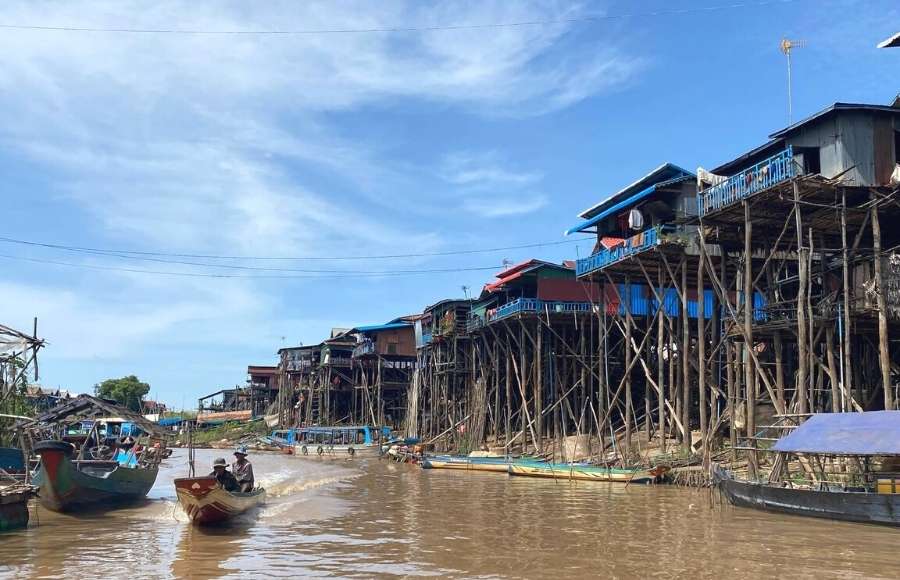
Table of Contents
Discover Siem Reap Floating Villages
Siem Reap Floating Village
After you have visited Angkor Wat in Siem Reap, Cambodia,
you think, what’s next? After seeing the world’s largest religious site, Siem Reap Floating Village is where you should go next.
For people who visit Siem Reap, the floating villages at Tonle Sap Lake have already become curious. For the many travelers who come to Cambodia, the obsession with people living in floating residences, traveling to floating schools, and eating in floating restaurants is quite an object of desire.
Then there are the stilted communities through the banks of Tonle Sap Lake and, the floating villages. Here residential buildings sit on high, thin stilts that keep the inhabitants dry during the wet season, with large ladders reaching the lower levels during the dry season.
Your experience’s value, indeed, may largely depend on which floating village you are going to go to. On this web page, we will review the four most attractive floating villages in Siem Reap, Angkor Wat.
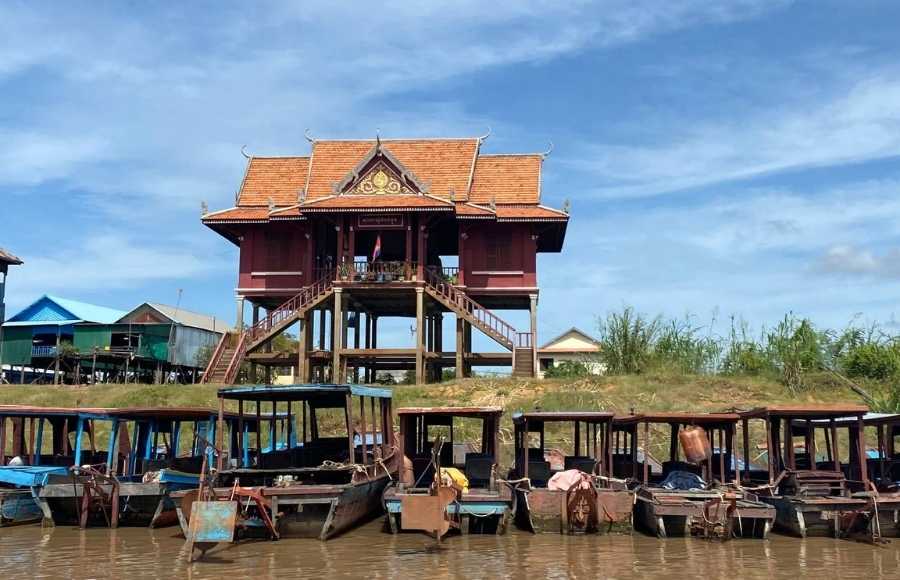
Tonle Sap floating village
Cambodia’s rural communities on Tonle Sap Lake’s banks have recently become a huge tourist scene. Everyone visiting Cambodia finds a reason to join Siem Reap’s fascinating floating village.
So let’s get down to it.
The intriguing Tour wanders through a museum where you get this Southeast Asian country’s sight-opening tale.
Those villages tell a different story that gives you a sense of humanity and a sense of life gratitude.
The eco-tours of Siem Reap floating villages are by far the most genuine tours you’ll ever take, while nothing you see here is artificial or fake. What you are seeing is real!
The Tonle Sap Lake is host to several communities of people. In Siem Reap province, four major floating villages attract a large number of tourists to visit. The below section will provide you with essential information about each village: Chong Kneas, Kampong Phluk, Mechrey, and Kampong Khleang.
If you’re interested in tasting menus in a floating restaurant and shopping from the floating markets, jump on one of Cambodia’s cherished memories.
Chong Khneas floating village
Chong Khneas is Siem Reap’s closest community, located about 16 km from downtown. Chong Khneas is Siem Reap’s nearest town, about 16 km away.
The village lives with stylish, floating houses that continue to move as per the water level. Besides, Chong Kneas is also the Battambang and Phnom Penh boat port. And, if these places are on your schedule, the simplest way to have a wonderful experience is to travel there by boat.
You’ll be impressed to see a floating school and even a church because God and learning can’t find a reason to be away even in the most challenging places.
Anyway, don’t be afraid if you encounter dilly-dallying crocodiles in this Tonle Sap Floating Village’s muddy water.
Chong Kneas shows absurdities, including small children sporting huge water snakes and, therefore-called crocodiles farms that are small pools where hundreds of crocodiles are clustered together.
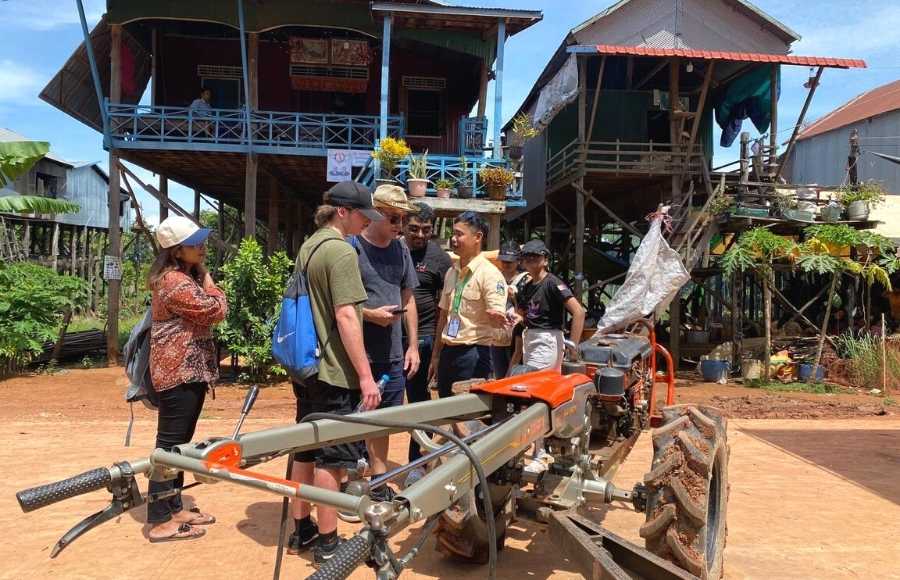
Siem reap floating village Kompong Phluk
Kampong Phluk, which roughly means harbor of the tusks, is, in fact, 3 villages with mainly stylish houses that line the main entrance from this area to the Tonle Sap Lake.
Throughout the dry season, the family primarily supports catching fish and shrimp and harvesting some land crops.
According to some other villages, the road trip and the river trip here are relatively short. A private company will take you to the lake through the village as this is the leading destination.
There are no things that visitors would usually do in Kampong Phluk as this is a working village.
Here most people focus on their own business, very different from the tourism industry buzzing past their gates.
It may be interesting to look at another lifestyle going past the locals’ residences. Still, it may also feel very intrusive, especially knowing that these residents are not interested in or benefit from the industry. Near the area, nevertheless, there are small boats that can take you around the mangroves or flooded forest, which is a more immersive experience.
There are also a few floating restaurants, and some local tourism sectors support stopping here.
Right here, you can’t see any crocodile farms or kids with snakes, and the boat trip is picturesque and fun. Despite the increasing influx of visitors, you might realize what I suggest when you see the hundreds of boats at the pier.
Kampong Phluk has retained a lot of its authenticity, and the Tour here is a pleasant experience overall.
Only where you feel you can handle something as ridiculous as this will you enjoy a rare delicacy of crocodile food at one of the floating restaurants here.
Okay, Kampong Phluk is a tiny village, so the boat ride may be quite quick. Some consider it too limited compared to the $20 entrance fee per individual. A private company owns the boat service, meaning residents don’t see much the money from tourism.
Since you have a few hours to kill, Kampong Phluk is still a good alternative. You can mingle in the dense mangrove forests that are a real gem of these villages for little extra money. It is a beautiful spot to invest some time in nature photography.
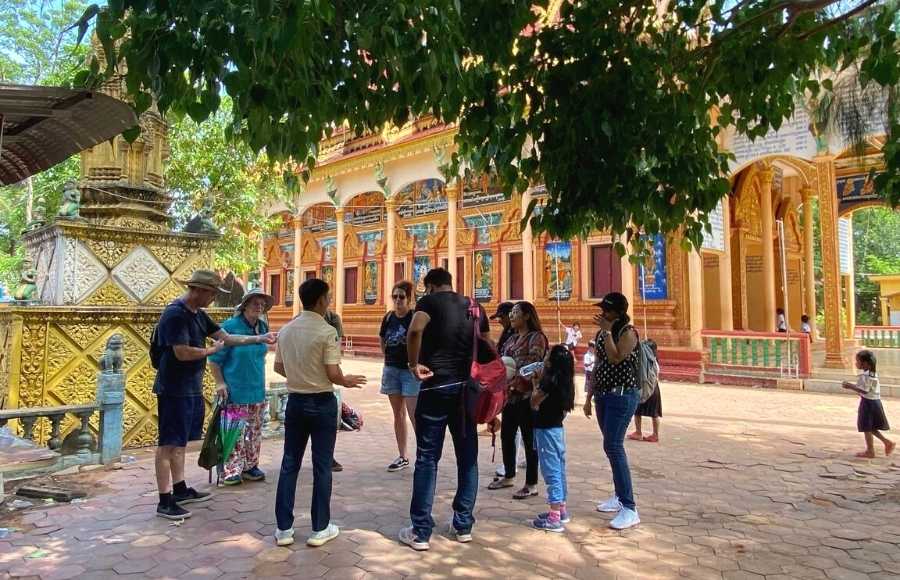
Floating village Siem reap Kompong Khleang
Kampong Khleang is a permanent stilted village located about 50 km southeast of Siem Reap. It means harbor warehouse. This village is the farthest of the villages frequently visited on the Tonle Sap Lake from Siem Reap.
As just that, it wouldn’t have the same number of visitors, which can be attractive if you want a more meaningful experience and a more relaxed pace.
Kampong Khleang has stylish floating houses and many other buildings to serve this significant population of 6,000 people. The Tonle Sap Lake water levels propelled the floating houses. The houses are somewhat on the lake’s edge during the dry season.
The village for colorful stilts is 50 km from Siem Reap. You will be greeted by a beautiful blue lake when you reach the village. Seeing the villagers who carry out their daily life, you will establish a real understanding of life and hard work.
It is the only floating village in Cambodia where ecotourism supports the villagers. Local people own and manage the boat operation here, ensuring your cash supports the local community.
As concrete roads are reaching this port, either you can take a tuk-tuk and hire a boat in the village or sign up personally with the travel companies.
You can reach Kampong Khleang by using Beyond Unique Escapes and Triple-A Adventure services.
The Beyond Unique Escapes tour involves a trip to the local market and a village that grows sticky rice. It is not a requirement.
However, you can decide on transport to Kompong Khleang floating village. By riding a tuk-tuk and renting a boat at a time, you reach the port is also another choice to provide flexibility for your journey.
Mechrey
The floating village of Mechrey is situated 25 km southwest of Siem Reap and about halfway to Prek Toal; indeed, a floating village and the entrance point to Prek Toal Core Bird Reserve. The community of Mechrey survives from fishing and, more currently, from eco-tour creation.
Things are extremely grassroots standard as a newcomer to the tourism industry.
Throughout Mechrey, however, many of the practices introduced in other villages are noticeable, like providing visitors with the chance to purchase rice for local orphans.
Although this may seem like a kind and helpful thing to do while traveling, this aid sometimes causes more harm.
Think twice once contributing in this manner. Donating to a reputable organization, such as The Lake Clinic, which provides medical services to residents on the Tonle Sap River, can be much more valuable.
It has been shown that when it comes to Mechrey, the journey is more beautiful than the destination, but if the experience you are looking for is real life, that’s it.
Explore this floating village’s exclusive lifestyle. The front of the floating houses was lined with stunning woodpile plants and verandas.
Under the floating homes, you can find animals. This village’s excellent amenities are the floating garden and floating graveyard, which looks very strange.
A vast forest area is a sanctuary for hundreds of bird species where you can take some photos of wildlife.
You can stop at Artisans Angkor on your way back and pick up some handicrafts and souvenirs from your trip.
Siem Reap Floating Villages are an eye-opener, and at least they show you appreciation if nothing. The villages present a different picture of life anywhere in Cambodia.
If you’ve lived in your own urban and lavish lifestyle dome, look at these floating villages near Siem Reap and get a new outlook on life. Whether you do it with your friends or go alone, Siem Reap Floating Villages is a pleasant discovering spot.
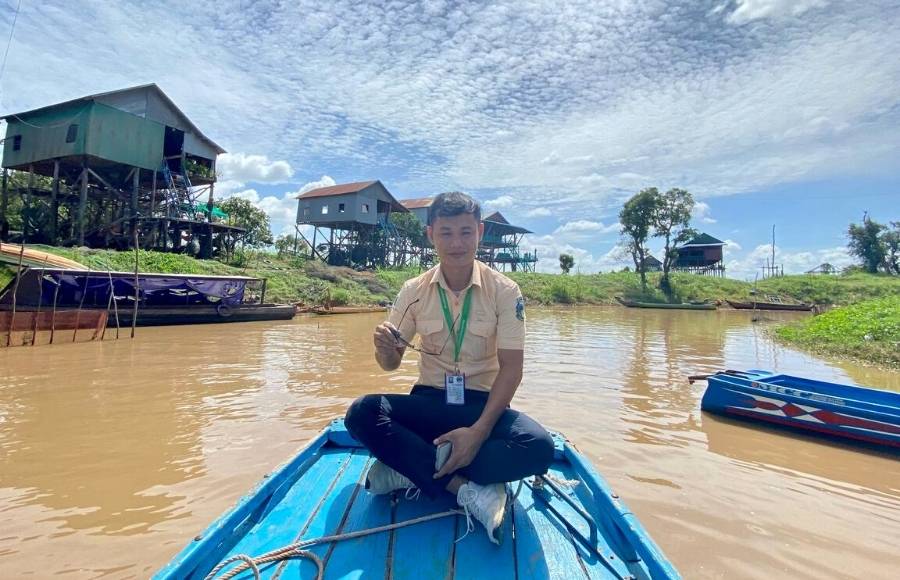
Some Important Tips
Respectful Tourist Manners
It’s famous for schools to ask for money to buy books or rice from visitors, then you are recommended not to visit schools for a purpose to provide such stuff by yourself.
The money is never used for what’s being said and may not help who or how you believe.
Spending money in souvenir shops, restaurants, or information centers is the best way to develop communities in the Tonle Sap Lake zone.
You can take a ride in a paddleboat in the flooded forest, and this is another origin of a local job that benefits the community from visitors.
Siem Reap Floating Village Entrance Fee
When you intend to visit Kompong Phluk, Kompong Khleang, or some other floating village in Siem Reap, you must be notified of the entrance fee. Your boat ticket and tourist taxes are included in this charge.
The ticket prices for each floating village are given below. Please be aware that as of publishing, these prices are correct but subject to being updated.
Chong Kneas Floating Village Entrance Fee
Chong Kneas Floating Village is Siem Reap’s nearest village and is easily obtainable through a paved road along the Siem Reap River.
While we do not suggest visiting Chong Kneas due to floating village fraud, it is conveniently located next to Phnom Krom. A Siem Reap mountain home to ruins of temples. Chong Kneas is your best option if you’re hoping to travel to the floating village or just have a short period of time.
The entry fee for Chong Kneas is $20 per guest. It provides a boat trip through the floating village and the beginning of the Tonle Sap lake, where crocodile farms and souvenir shops are accessible.
They also like taking people to a class, but we prevent you from going there for several reasons. Ultimately, it requires the local tourism tax and boat fare. Any additional fees should be paid.
Kompong Phluk Floating Village Entrance Fee
On the highway to the Bakong district, Kompong Phluk Floating Village is situated a little outside Siem Reap.
This floating village is smaller than Kompong Khleang, but for most of the year, it has the advantage of having a flooded forest. And it has more restaurants than the other floating villages.
If you want to sit by, eat a delicious meal, and have some drinks at sunset, this might be an excellent option.
The admission fee for Kompong Phluk is $20 per individual. It comprises the main boat ticket for public tourism and the local tourism fee. Please note that this does not include the canoe tour in the flooded forest.
The entrance fee for the flooded forest is an additional $5 per person. Two passengers will accompany each canoe. Then, you would expect to pay at least $25 to visit Kompong Phluk and the flooded area.
Kompong Khleang Floating Village Entrance Fee
Kompong Khleang Floating Village is the biggest floating village in the province of Siem Reap. Due to its large size and lack of tourism amenities, it is probably the most top-rated floating village experience in Siem Reap.
The entrance fee for Kompong Khleang is $21 (if you are alone) or $20 per person if you travel with others.
This fee contains a boat ride through the village to the Tonle Sap Lake, where you can see two villages in the houseboat. It also requires a local tourism tax. Any additional fees should be charged.
Meychrey Floating Village Entrance Fee
Meychrey Floating Village is located on the way to Puok district in the reverse direction of the other floating villages. It takes an hour for a tuk-tuk or car to reach the spot. Rather than seeing the countryside as a fantastic opportunity, this floating village is slightly less popular, particularly during the dry season when boats strain in the shallow waters.
The admission price for the Meychrey Floating Village is $20, including boat tickets and tourism tax. If you like to explore the bird park, there will be an extra $30 payment for another vessel that will drive you through the nature reserve.
The sanctuary still wants a donation of $10. All in all, each traveler is supposed to pay $60 for the full Meychrey floating village encounter.
Why is a Group Floating Village Tour Recommended?
Although exploring the floating village is enjoyable, extraordinary, and worthwhile, it can also be costly for tickets and taxes at $20 per person. It does not include transportation to the site, a tour guide, drinks, or snacks. Instead, it’s for the boat ride alone.
Visiting a floating village with a tour company such as The Tonle Sap Experience is much more relaxed. There are multiple reasons for this. The primary goal is that tour companies have cooperative boat agreements to get a discount on the admission fee.
Consequently, the floating villages and the Tonle Sap Lake will provide more accessible opportunities. Consumers can get many services at a fraction of the usual price by sharing the cost of transportation, tour guide, and food.
Siem Reap floating village sunset.
Appreciate a fantastic sunset dinner onboard the spectacular Queen Tara on the great Tonle Sap Lake, the lake’s largest vessel. Join the floating village and see the schools, stores, fishermen, and smiling kids. Relax with a cocktail and enjoy the view!
Listening to the sounds of water paddling against the boat’s side and watching in wonder as the magnificent floating village rises against the backdrop of the great Tonle Sap Lake.
Discover the town on this beautiful Sunset Tour in this idyllic village, located less than 15 km from Siem Reap town.
Take a pleasant air-conditioned car or minibus drive away from your hotel or guesthouse in the late afternoon with your informative guide, who will be able to help you figure out the culture and life around you in English.
Travel through rice paddies and lotus fields for the chance to stop and take pictures of the lotus flower, which is very popular in Buddhist culture (keep in mind that the images of the lotus and rice fields can differ regardless of the time of year).
On arrival at the port, switch to an accomplished driver’s mini Tara’s vessel. Stop at the Crocodile and Fish Farm once on the water (depending on current water levels).
At the farm, you can hear about some of the trades that people on the lake are doing. To buy gifts or take pictures from the viewing deck, visit the souvenir shop.
Head to the boat after this trip and move through the floating village! Getting a taste of the daily life of the local Cambodians! After a quiet ride through the port, arrive at the core of the floating village at Queen Tara, the largest boat on the lake. Here you can enjoy a very well-deserved buffet meal and the all-inclusive beverages.
Now that you have come for the purpose: the sunset. Sit back and relax in the elegance around you with a drink. And travel back to your guesthouse or hotel in an air-conditioned car after the last bit of light disappears.
Floating village Siem Reap dry season (January-May)
Cambodia has two distinct seasons: the rainy season, also known as the wet season, and the dry season. Read more about the environment, how it affects the Tonle Sap Lake, and why you should go on a village tour below for a dry season.
Comprehension of the Tonle Sap & Mekong
You may have already got some information, Tonle Sap Lake, South East Asia’s largest body of water, is remarkable in that season-based water levels change.
The Mekong River flows into the Tonle Sap during the rainy season. Rain provides extra water, impacting the lake’s depth (10 + meters) and circumference.
After Bon Oum Top (during the Water Festival) around November, the Mekong reverses its course, passing upstream through Kratie and Stung Treng to Laos.
As a result, the lake slowly empties, falling by an astounding 600 percent in depth and volume.
Because of the changing water levels in the floating village, Tonle Sap Lake and Kompong Khleang tours are slightly different from the provided details above. However, the Tour is the same as the rainy season tour.
The main differences are organizational. Visitors ride by bus instead of a boat to the university, the boat trip is slower, and later you can get back to Siem Reap due to boat transit times and late sunset. That said, most of the Tour is the same.
During a dry season tour also has several benefits. First, you should take a village walking tour. It helps you meet more Kompong Khleang inhabitants, learn how to live in a floating village, and earn a living.
Additionally, on the way to the Tonle Sap, you will have the opportunity to watch farmers work part of the stream bed. You can only see this unique form of farming during the dry season.
Other relevant articles about the most important activities in the Siem Reap Province? See our previous article about the Best activities to experience in Siem Reap as a traveler or a local.
Recent Post
Get 30% Discount Now
Categories
Guided Tours
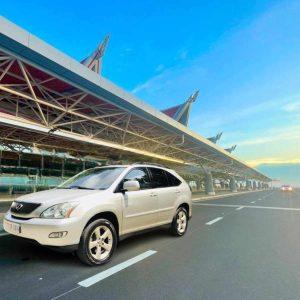
Private Siem Reap Airport SAI Transfers – Siem Reap Airport Pick-up or Drop-off, Just for You!
From: 30$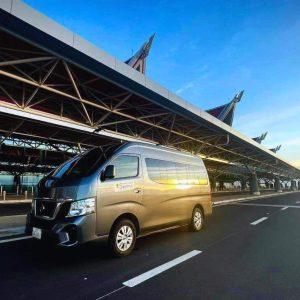
Shared SAI Siem Reap Airport Transfer – We depart every 1 hour!
From: 9$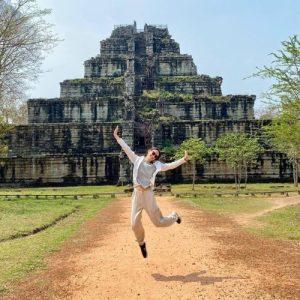
Private Full-Day Siem Reap to Koh Ker & Beng Mealea Temple Tour
From: 75$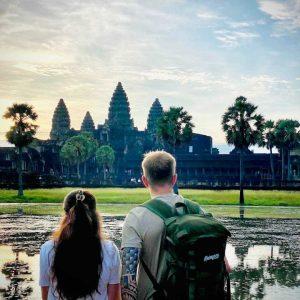
2-Day Angkor Wat Sunrise & Banteay Srei Grand Tour – Small Group Tours
From: 30$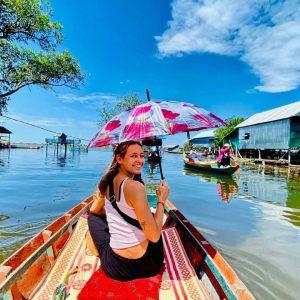
2-Day Angkor Wat Temple Sunset and Floating Village Tour
From: 40$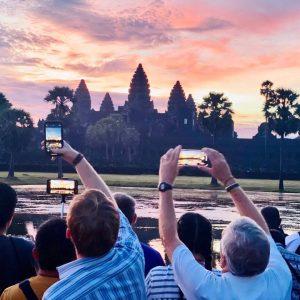
3-Day Angkor Wat Sunrise, Banteay Srei and Floating Villages Tour – Small Group Tours
From: 50$